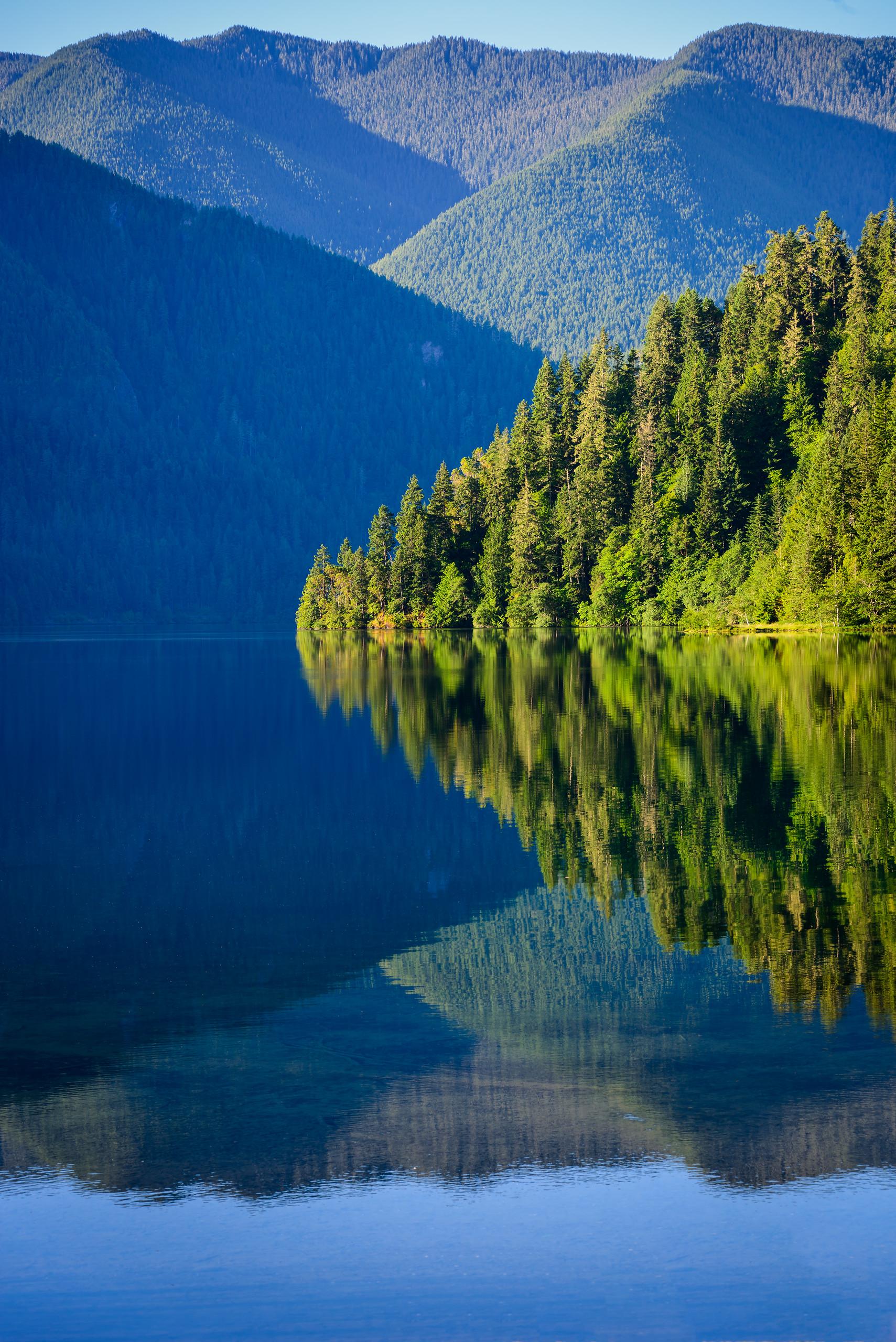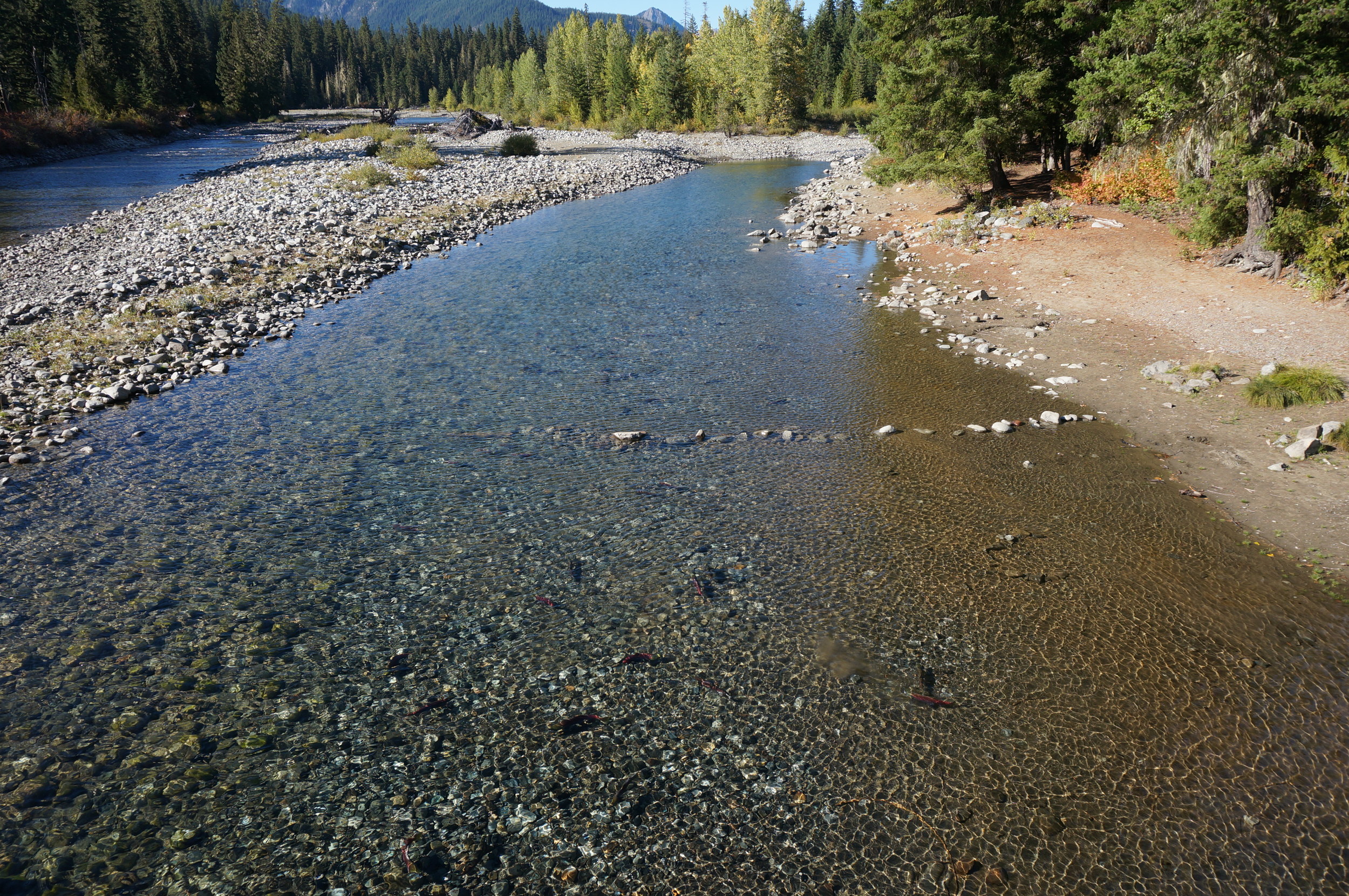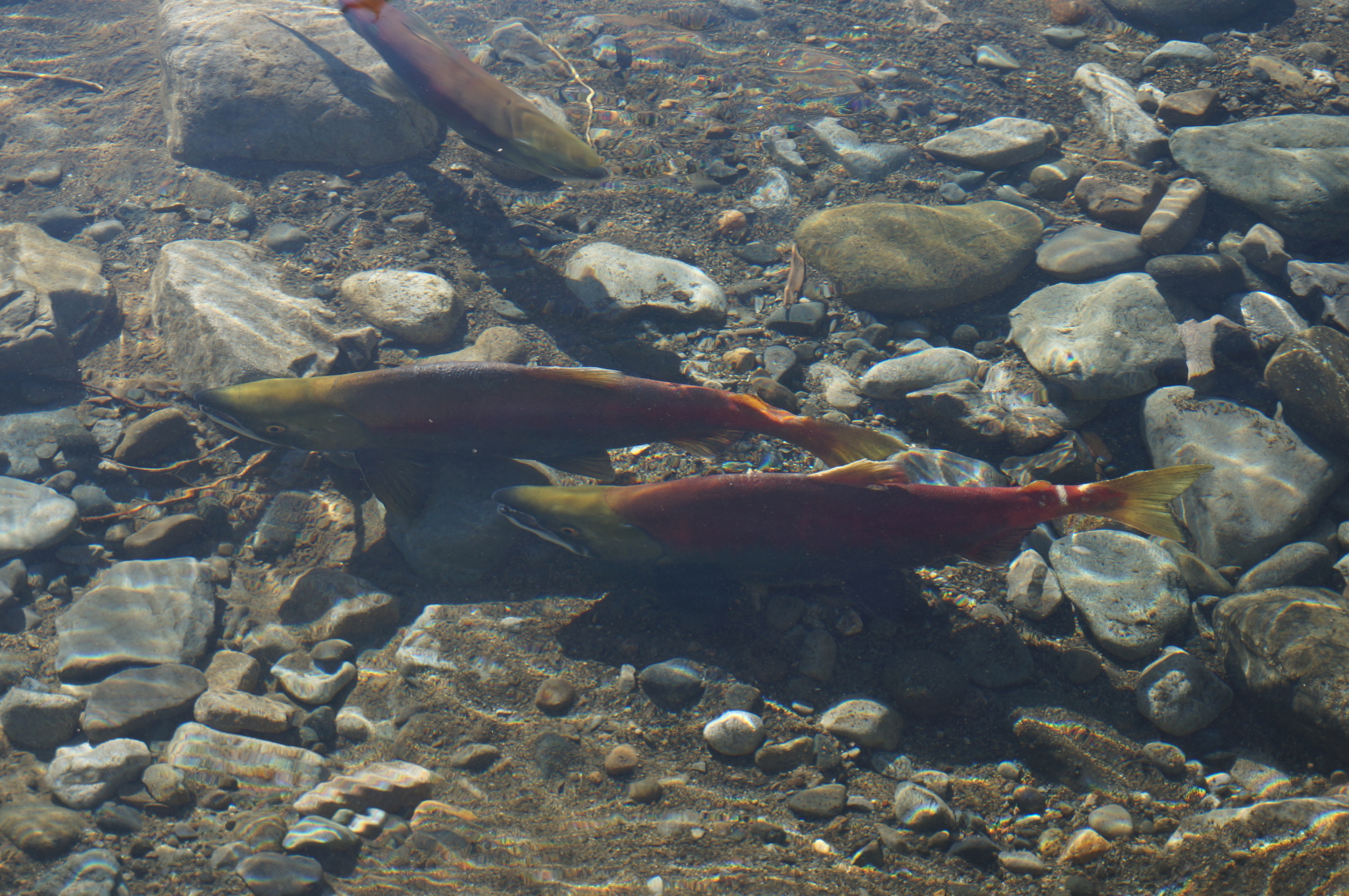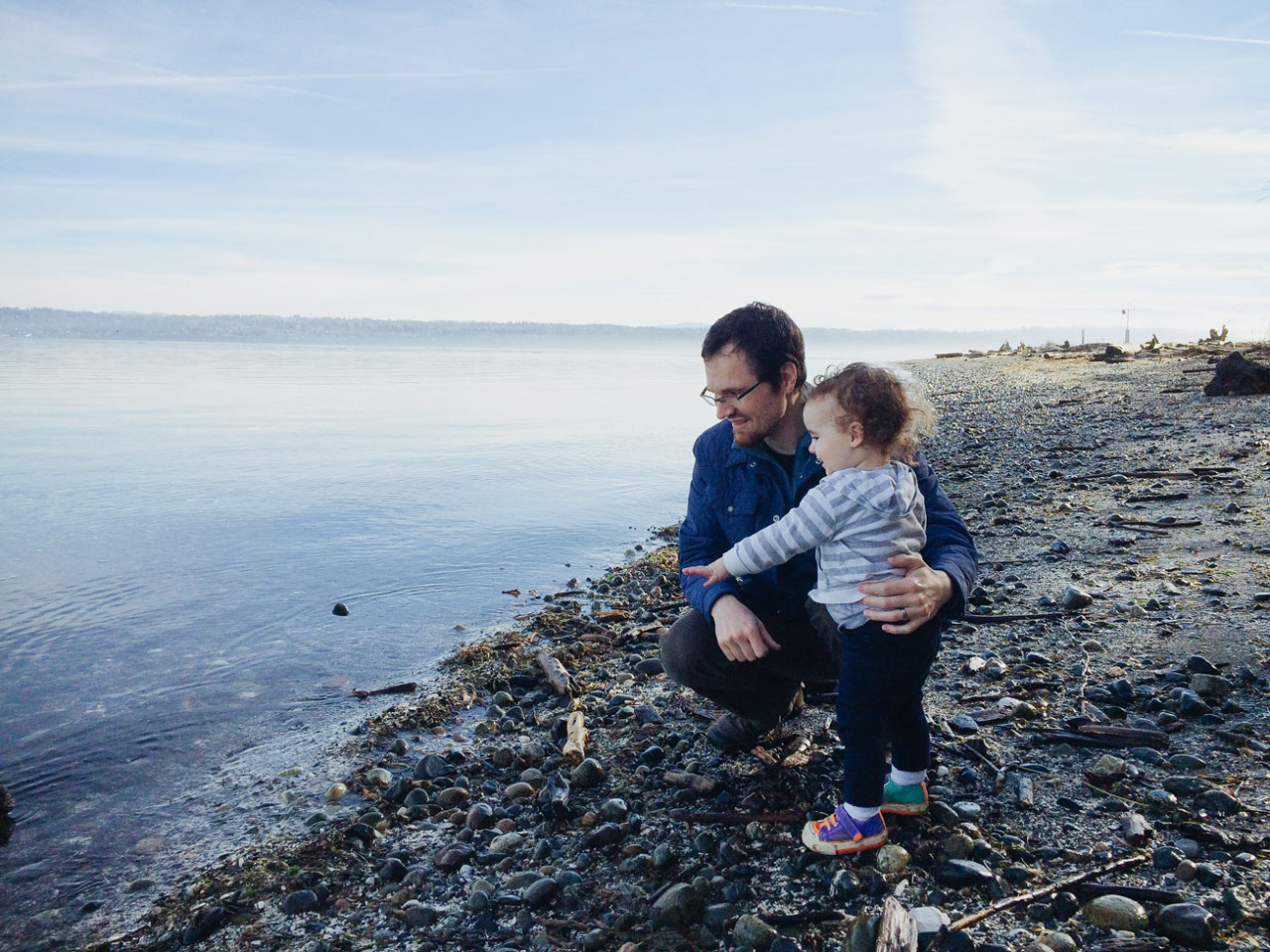by Linnea Westerlind, outdoors author/blogger
I spent a lot of my Pacific Northwest childhood with dirt under my fingernails, running barefoot in my suburban backyard. I built forts in the blackberry bushes, dug channels in the mud and roamed the cul-de-sac with my sister and our neighborhood friends.
When I became a mom 10 years ago, I began exposing my son to the outdoors as soon as I could, mostly because I craved the fresh air and sunshine. We took daily walks with a stroller and explored new parks all over the city. I have three kids now, who all accumulate an amazing amount of dirt under their fingernails from the time they spend outside.
Linnea and her family on a backpacking trip through Olympic National Park in 2018. Photo courtesy Linnea Westerlind.
I think it’s much harder to create an outdoor childhood for our children than it was for my generation. There’s competition for their time from video games and extracurricular activities, and many parents are afraid to let kids roam on their own these days. It’s because of this draw to the indoors that I believe it has never been more important to make sure our children have outdoor experiences as part of their upbringing.
Research continues to show us that there are huge benefits to spending time in nature—for our children and for ourselves. Time in the outdoors reduces stress, increases concentration, boosts academic performance, lessens the symptoms of ADHD, improves mood and builds relationship skills.
Linnea and her mom brought the kids for a first visit to Mt. Rainier in 2016. Photo courtesy Linnea Westerlind.
My own mom imparted a love of the outdoors in me from an early age by taking me on a lot of short walks and hikes. Sometimes these were just around our block and other times in the forests of the Cascades. She made sure my time in nature was interesting from a child’s perspective by showing me how to look for ripe blueberries, examine holes in logs that could be hiding places for animals and check out unusual rocks or moss.
Last year I helped form Outdoor Childhood Puget Sound, a network of parents, grandparents, educators and caregivers who are interested in helping kids live a healthier and happier childhood by spending more time outdoors. Through a growing Facebook community, we share tips, events, articles and ideas for how to get our kids outside to play. What I’ve learned from the launch of this modest effort is that there is a longing for greater connection to the outdoors for people of all ages and a relief from our indoor, screen-obsessed lives.
So how do we make nature part of our busy lives more regularly? It’s OK to start small. Go for a walk around the block after dinner. Step outside to look at the stars come out before bedtime. Turn off the Saturday morning cartoons and instead go to a new park or playground. Nature doesn't have to be an epic adventure to be meaningful or memorable. What’s important is that we’re teaching them to love Mother Nature.
Linnea Westerlind is the author of Discovering Seattle Parks: A Local's Guide (Mountaineers Books 2017) and the creator of the website yearofseattleparks.com, a free resource of nearly 500 local and regional parks. She is also a co-founder of Outdoor Childhood Puget Sound, an effort to inspire more families to spend time in the outdoors. All families are welcome to join the community’s Facebook group. Linnea lives in Seattle with her husband and three sons.















































